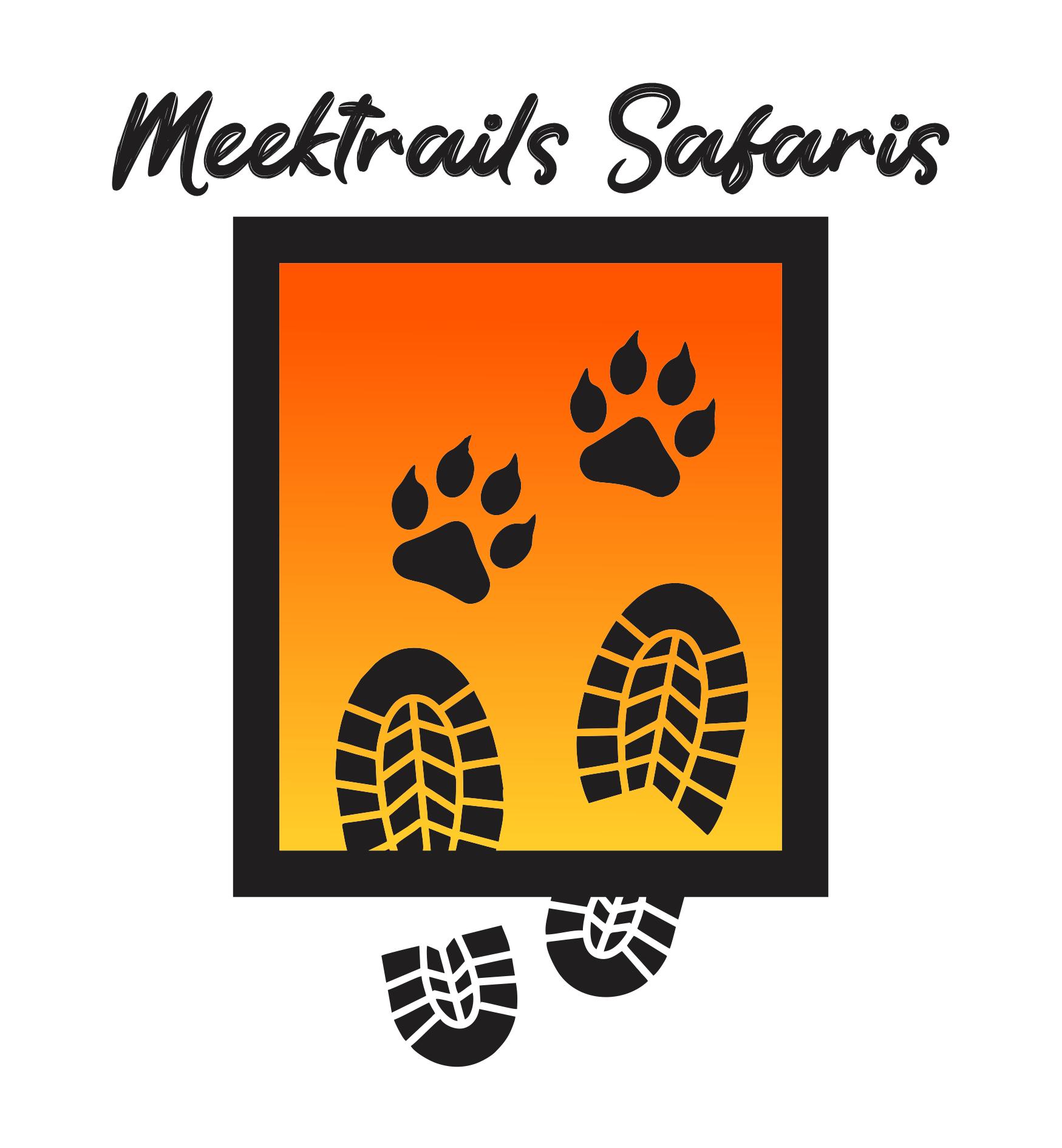Call us, Today +(254) 721 2120 05
Ngorongoro Conservation Area, a UNESCO World Heritage site in Tanzania, is an exceptional place of natural beauty and extraordinary biodiversity. This vast, protected area is renowned for the Ngorongoro Crater, the world’s largest intact volcanic caldera that serves as a natural amphitheater teeming with wildlife. For someone looking to embark on a safari adventure, Ngorongoro offers an unparalleled experience that combines thrilling wildlife observation with breathtaking landscapes.
The Crater
At the heart of the conservation area lies the Ngorongoro Crater, formed when a giant volcano exploded and collapsed on itself two to three million years ago. The crater floor, encircled by steep volcanic walls, spans about 260 square kilometers (100 square miles) and is an extraordinary natural habitat for some of Africa’s densest populations of large mammals.
Wildlife and Safari Experience
Ngorongoro Crater is often referred to as ‘Africa’s Garden of Eden’ or ‘The Eighth Wonder of the World’ due to its vivid, almost untouched ecosystems and the variety of animals it sustains. It’s one of the few places on earth where you can find the Big Five (lion, leopard, buffalo, elephant, and the rare black rhinoceros) within a few hours of the game drive. Additionally, the area is home to hyenas, cheetahs, wildebeest, zebras, and a rich diversity of birdlife.
Safaris in Ngorongoro are a once-in-a-lifetime experience, offering intimate encounters with wildlife and the opportunity to observe the interactions within this unique ecosystem. The crater’s relatively small area and the high concentration of animals make wildlife viewing here exceptionally rewarding.
Conservation and Community
Ngorongoro Conservation Area is unique because it integrates the conservation of natural resources with human development. Maasai people live in the area, herding their livestock and coexisting with the wildlife. This offers visitors a fascinating glimpse into the Maasai culture through visits to local villages, where they can learn about traditional ways of life, customs, and their relationship with the natural environment.
Best Time to Visit
The dry season, from June to September, is an excellent time to visit for wildlife viewing, as animals gather around water sources. However, the area’s high altitude means the climate remains relatively cool and temperate year-round, making it a great destination at any time.
Accommodations and Getting There
Ngorongoro Conservation Area hosts a range of accommodations, from luxury lodges perched on the crater rim offering spectacular views to more modest campsites within the conservation area. Access to Ngorongoro is typically achieved via a road trip from Arusha, which can be reached by flight from Julius Nyerere International Airport (Dar es Salaam) or Kilimanjaro International Airport.
Tips for Visitors
- Respect wildlife viewing etiquette: maintain a safe distance, minimize noise, and never attempt to feed the animals.
- Consider hiring a knowledgeable local guide to enhance your understanding of the ecosystem and ensure a fulfilling safari experience.
- Remember to bring binoculars and a good quality camera to capture the stunning landscapes and wildlife encounters.
Visiting Ngorongoro Crater is more than just a safari; it’s a profound encounter with the very essence of the wild, offering insights into the complex interplay of ecosystems and the inherent beauty of nature’s balance.


















